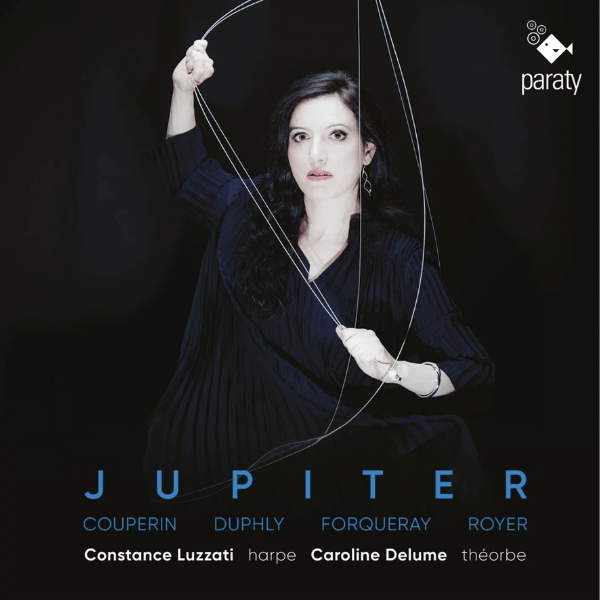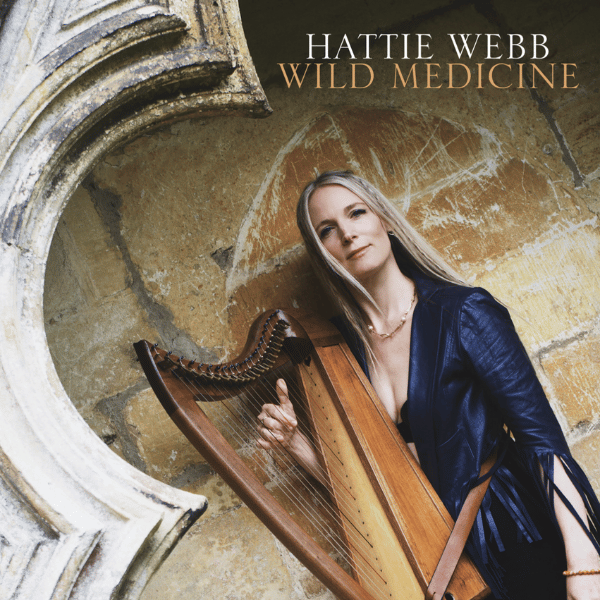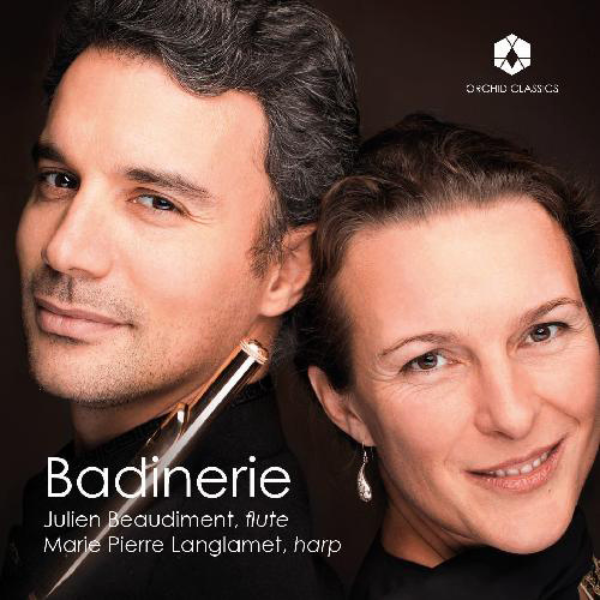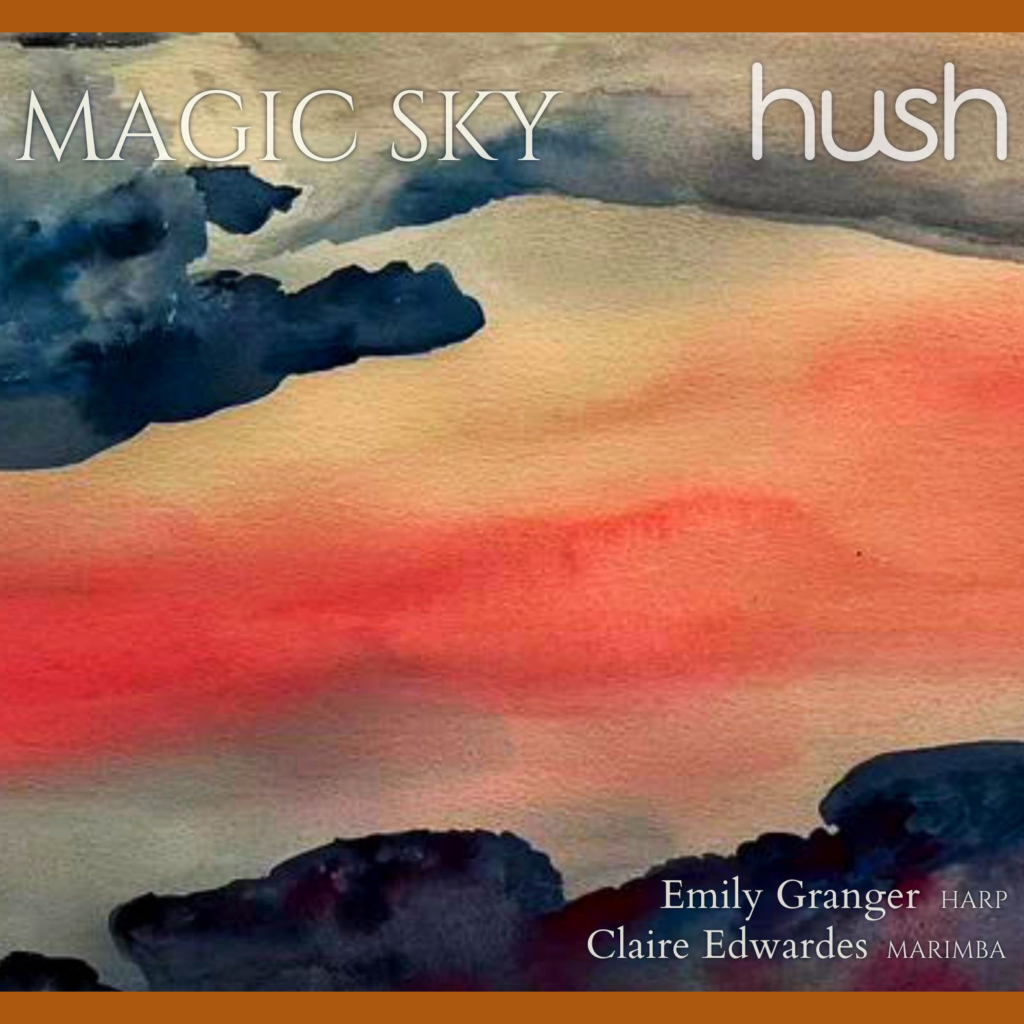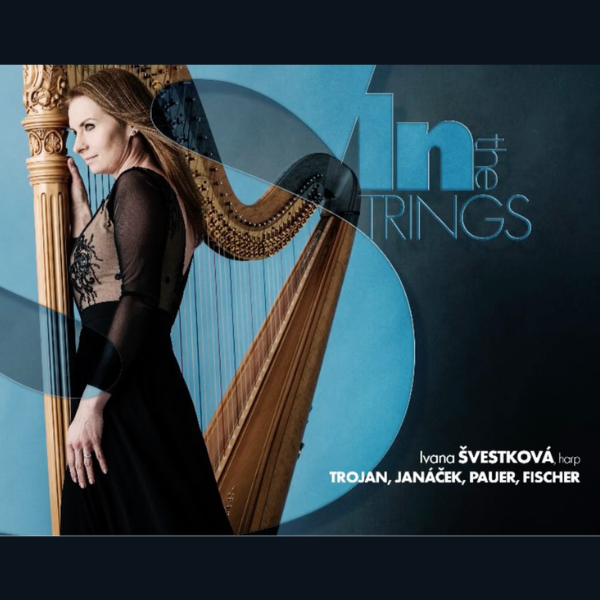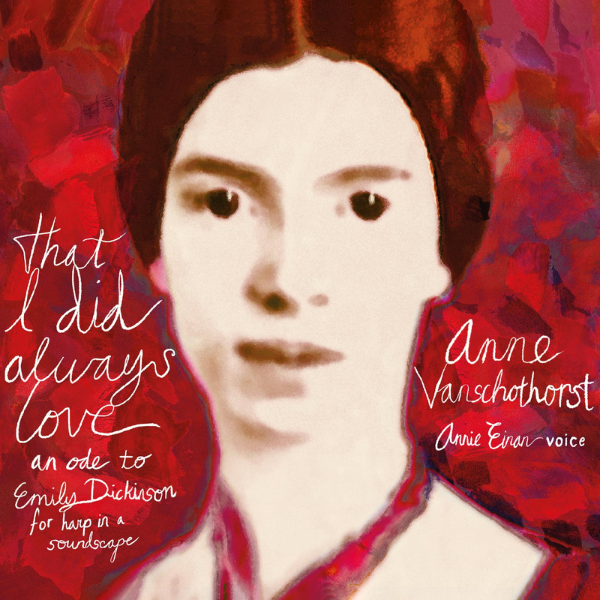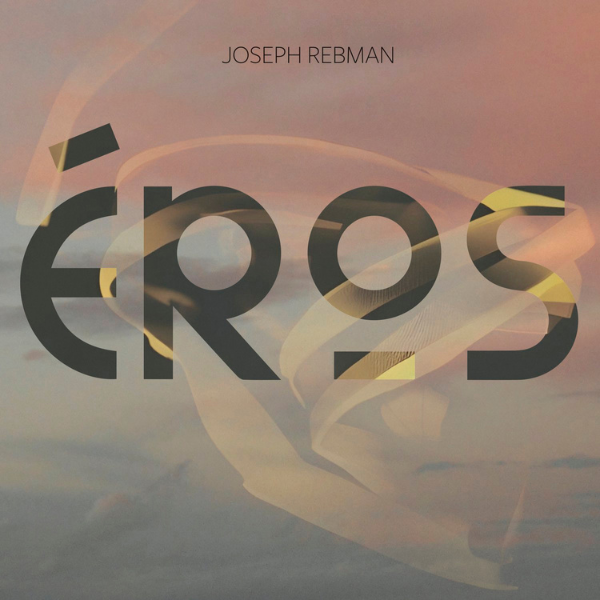
10/10
Nick Scholten, harp. Odradek Records, 2021.
Dutch harpist Nick Scholten describes himself as a “musical explorer.” When he began harp studies in earnest at Utrecht Conservatory, he says that he was encouraged to immerse himself in all types of music as a player, yet got a whole lot of pushback when it came to composing.
It’s a good thing he didn’t listen. His debut album Crossing a Line combines his original compositions with classic French repertoire, illuminating their inventiveness and coloristic adventurousness in ways wholly new.
Opening with one of his own pieces for amplified harp, Scholten makes a bold statement, even if subdued and gentle. Described as a call to action to not allow ourselves to get mired in the “tiresome minutiae of daily life,” An Awakening produces a kinetic energy that feels unresolved.
Scholten refers to jazz and a physical connection to music when he approaches repertoire and we hear this in a larger-than-life aspect to his interpretation of Grandjany’s Rhapsodie. Grandjany was also a composer-harpist and was said to have “spatula-like fingers” that created an extraordinary color palette. Scholten gives this work a singing legato that heaves and sighs. While his technique is impeccable, there is never a moment that we are aware of what it takes to create such vividness.
Utilizing an entirely different technique, Scholten places a gauzy smoothness on Marcel Tournier’s Sonatine focusing on the understated beauty that is at once complex and improvisatory, while also striking in its mysteriousness. In Jazz-Band, he cuts loose enjoying the jangly sounds of ragtime and banjo.
When Carlos Salzedo is introduced to the line-up with Scintillation, Scholten evokes a completely different quality, one of spareness and unusual perspectives as if hearing Picasso in his cubist period. Two other short works, Chanson dans la Nuit and La Désirade, invite sharp contrasts between the delicate and harsh. Scholten is unabashed in emphasizing these contrasts, pushing the limits to the very edge. It’s exquisite.
He lingers in this edgy place in his work Don’t Worry, which may be seemingly carefree until he introduces a jittery rhythmic pattern. Ending with Summation, we get a soft landing that seems to review where we’ve been taken on this journey.
And where we’ve been taken is somewhere glorious.






